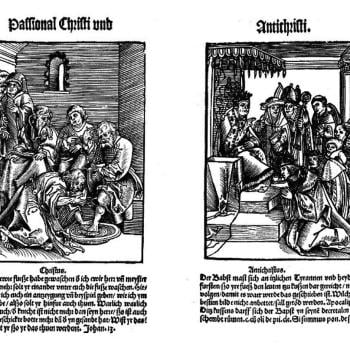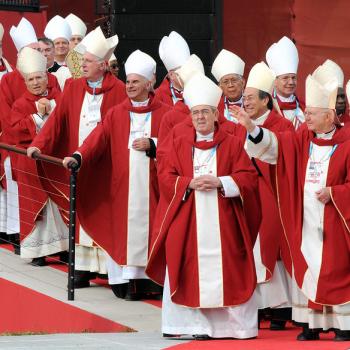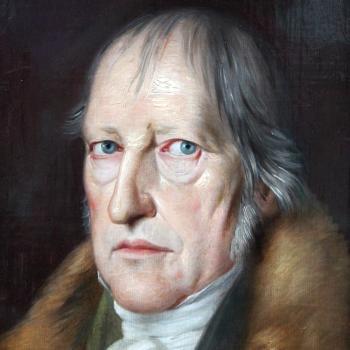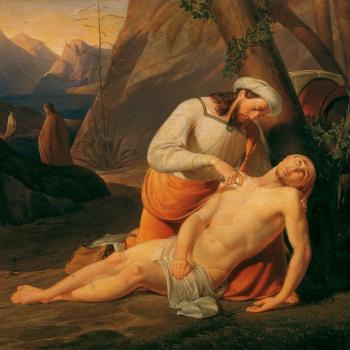It is hard to believe there could be any great masters of the past still waiting to be rediscovered, in this country at least, but so it is with German painter Lucas Cranach. Apart from a tiny glimpse of him at the Courtauld last year, this is the first show ever mounted in Britain. Exhilarating, dramatic, humorous and harrowing by turns, Cranach turns out to be an artist for our times, despite being 500 years old, and with 70 works representing his amazing range, this is an almost perfect exhibition. . . .
It is easy to make a modern figure out of Cranach, about whom an unusual amount is known. Thrice mayor of Wittenberg as well as its richest citizen, property developer and founder of the first licensed pharmacy, in his considerable career – he died in 1553 at 81 – he worked for three successive Electors of Saxony. He introduced colour to printmaking, printed Luther’s version of the New Testament and depicted all of the major public intellectuals of the day, often many times over with the help of assistants, leading to the crass misconception that his studio was something like Warhol’s Factory.
But Cranach’s is a singular imagination, shining clearly even in works begun by other hands. It is in his sympathy for women, children and peasants, in his narrative elan, his penetrating empathy and his uncommon use of humour to emphasise horror. . . .
The overwhelming revelation of this show is of an artist who believed that nothing – no emotion, no experience, no vision – was beyond figurative depiction, from the most primitive instinct to the most numinous ideal. And the whole spectrum is there, above all, in his paintings of Christ. On the one hand, he is all warmth, not just blessing but kissing the little children. On the other, in an image as direct as a photograph, he stares straight back at you, devastatingly close but worlds away: God made Man, yet forever unknowable.
Unknowable? It sounds like Cranach knows Christ very well. The critic also says that he is religiously complex because he painted also for Catholic patrons, but she doesn’t understand that there were not “two churches” in the early days of the Reformation, but that the expectation is that the true gospel would spread all the way to Rome.
But this is what these critic’s response to Cranach’s art tells me: If Cranach’s art resonates today, I maintain that his theology would resonate today. His freedom and the exuberant life the critic senses comes from Cranach’s grasp of the gospel of that Christ he portrays so powerfully.
Cranach’s faith, grounded as it is in doctrine and expressed in his vocation, is what the emerging church is looking for. His is the true ancient-future worship.
I think that we stodgy and out-of-touch Lutherans–though I’m not talking just about Lutherans–can amaze the postmodernists just like Cranach does this art critic.












